Ich habe im Frühjahr, als ich meine Tochter in Europa besuchte, getrocknete Physalis gekauft. Diese habe ich nun für diesen Physalis Cake verwendet. Da aber getrocknete Früchte gerne trocken sind, habe ich sie über Nacht in Limoncello eingelegt. Das ergab einen wunderbaren Cake, leicht säuerlich, nicht zu süss und wunderbar mürb. Es gibt viele getrocknete Früchte, die man sehr gut für Kuchen benutzen kann. Weinbeeren sind wohl die Bekanntesten, aber man kann viele mehr benutzen. Deshalb habe ich diese Physalis gekauft, die ich auch frisch sehr gerne mag.
************
In spring, when I was in Europe visiting my daughter, I found these dried Physalis. Now I used them for this cake. But because dried fruits tend to be … well dry… I soaked them in Limoncello overnight. This gave the cake a wonderful sour taste, not too sweet but nicely crumbly. There are many dried fruits you can use for cakes. Raisins are the most used ones, but there are many more. That’s why I bought these Physalis, which I also like when fresh.
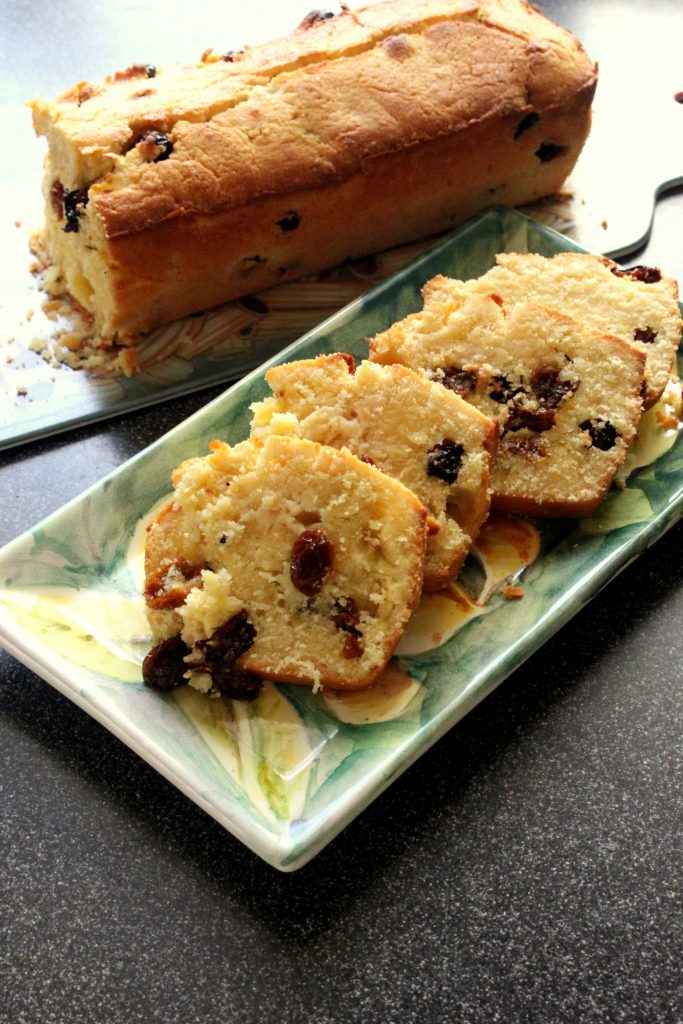
Fuer einen Cake:
250 g weiche Butter
220 g Zucker
4 Eier
2 TL Backpulver
350 g Mehl
1 Zitrone, den Abrieb und den Saft
150 g getrocknete Physalis
100 ml Limoncello
2 EL Mehl
Die Physalis in ein Glas geben und den Limoncello dazu giessen, gut verschliessen und etwas schütteln. Ueber Nacht stehen lassen. Dann die Physalis vor dem Backen mit den 2 EL Mehl bestreuen. Das verhindert, dass sie alle auf den Boden des Cakes sinken.
Die weiche Butter mit dem Zucker schaumig rühren, die Eier zugeben und weiterrühren, dann den Zitronensaft und den Abrieb dazu geben. Das Mehl mit dem Backpulver vermischen und unter die Masse ziehen. Die Physalis nun unter heben. Eine Cakeform einfetten und den Teig einfüllen. Mit dem Teigschaber in der Mitte des Cake einen Schnitt machen, so geht der Cake in der Mitte nicht so hoch.
Im Ofen bei 180 C Grad 50-55 Minuten backen. Mit einem Holzstäbchen die Backprobe machen. Den Cake ganz auskühlen lassen bevor man ihn aus der Form stuerzt.
************
For a Cake:
250 g soft Butter
220 g Sugar
4 Eggs
2 tsp Baking Powder
350 g Flour
1 Lemon, Juice and Zest
150 g dried Physalis
100 ml Limoncello
2 tbsp Flour
Put the Physalis into a jar, fill the Limoncello into it and close it tightly. Shake it and let is stand overnight. Before you bake sprinkle the Physalis with the 2 tbsp flour. This will prevent the dried fruits to fall to the bottom of the cake.
Beat the soft butter with the sugar, then add the eggs and beat well. Add the lemon juice and the zest. Mix the flour with the baking powder and mix it carefully with the mixture. Then add the Physalis and mix.
Grease a cake dish and fill the dough into it. With a spatula make a small cut in the middle of the cake. This will prevent the cake to rise too high in the middle.
Bake in the oven at 180 C for 50-55 minutes. Poke it with a wooden skewer to check if it’s cooked. Let the cake cool in the cake dish before turning it over into a cake plate.

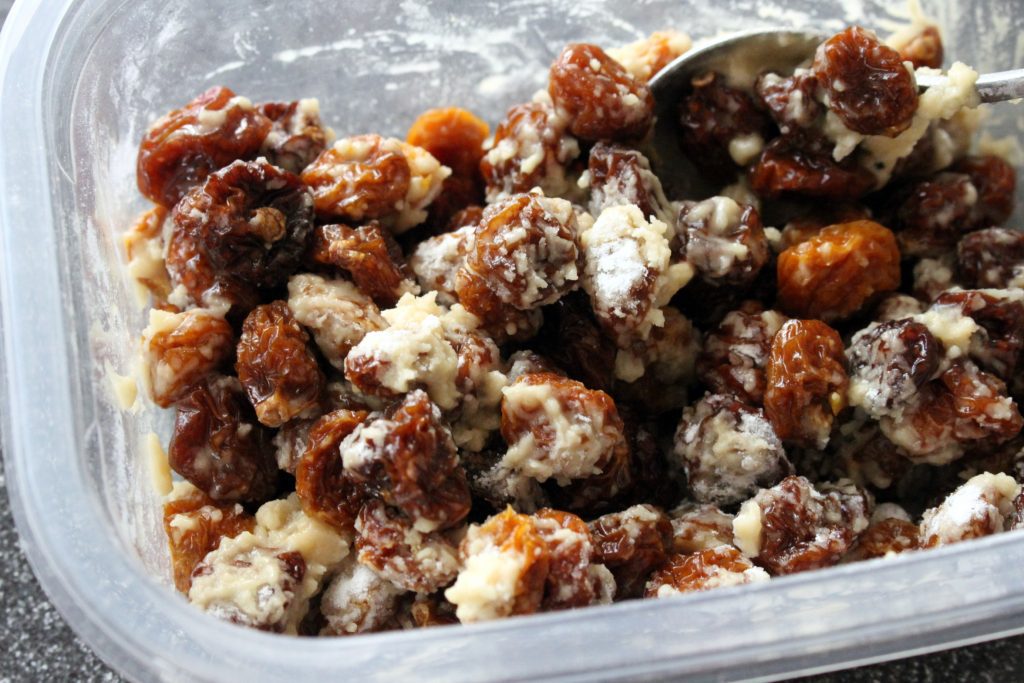
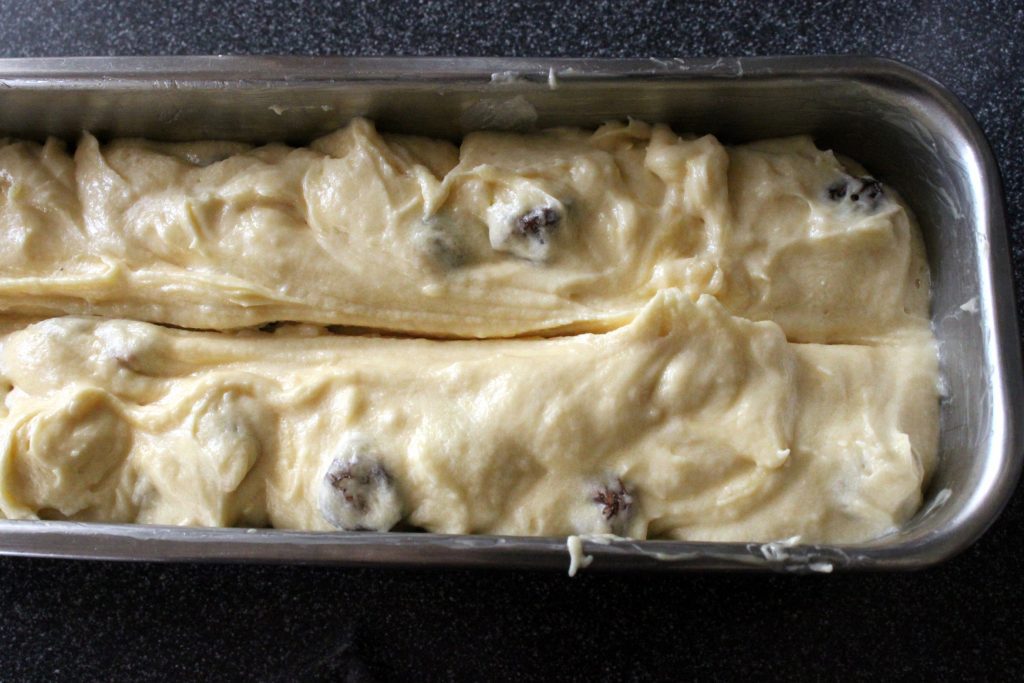

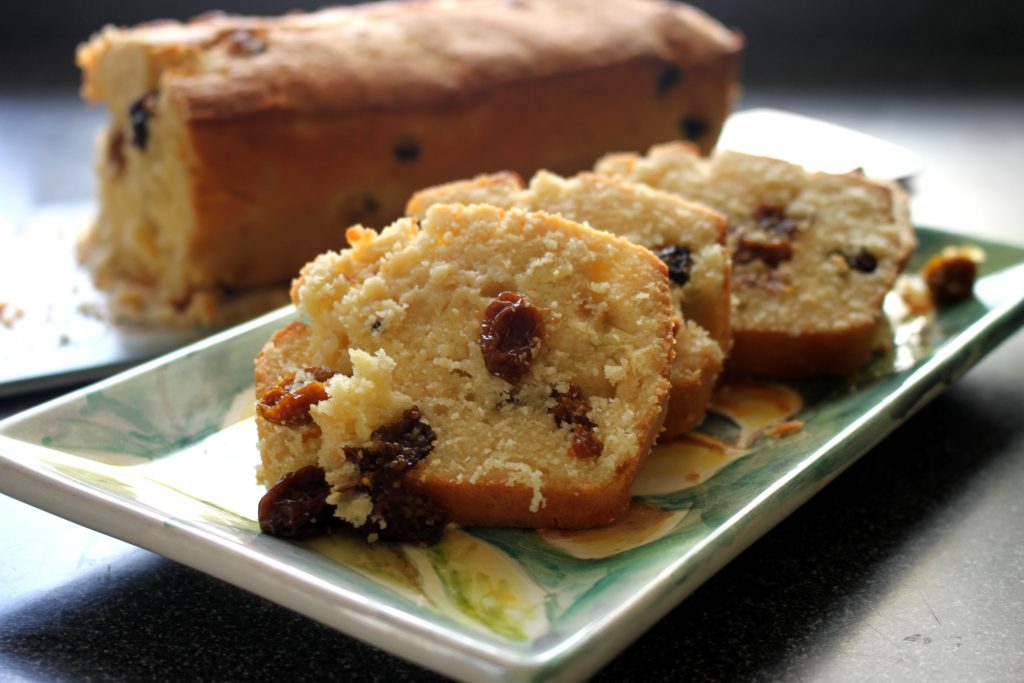
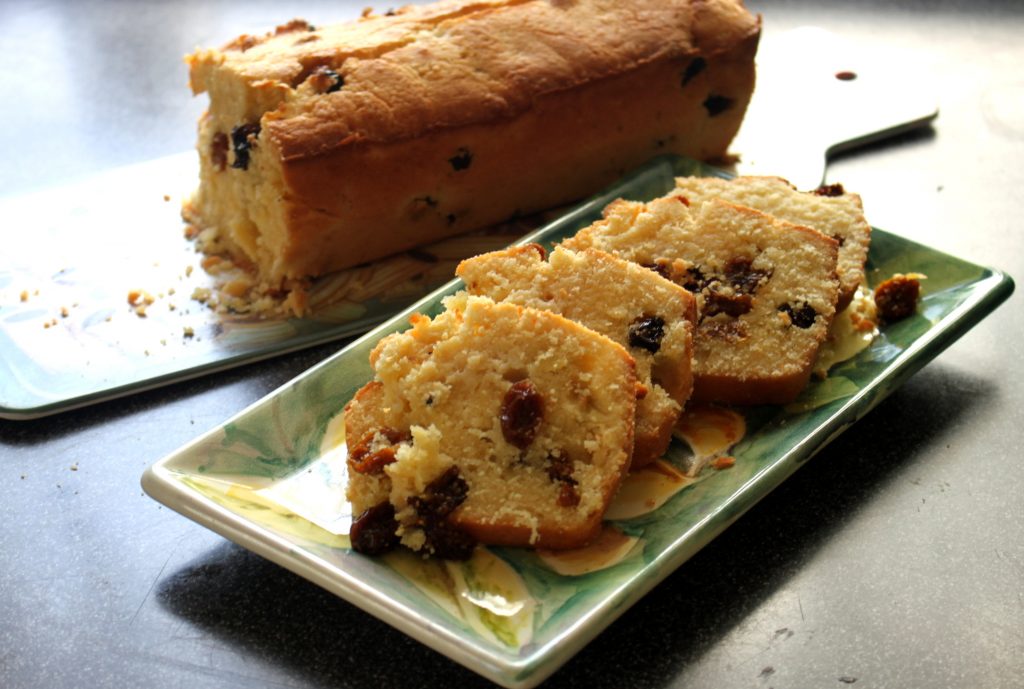
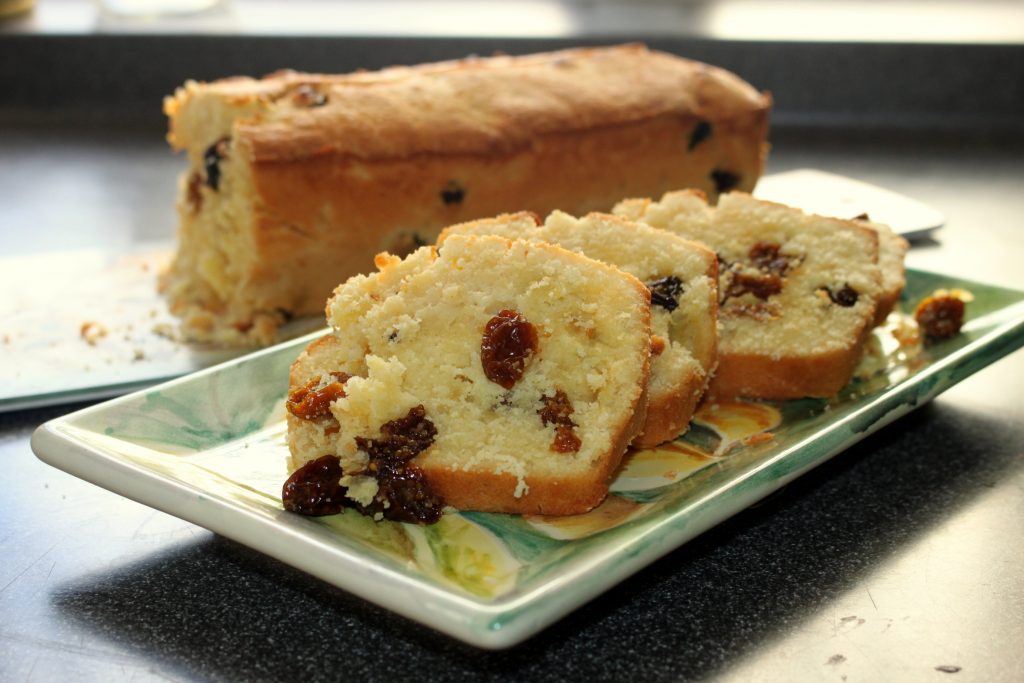
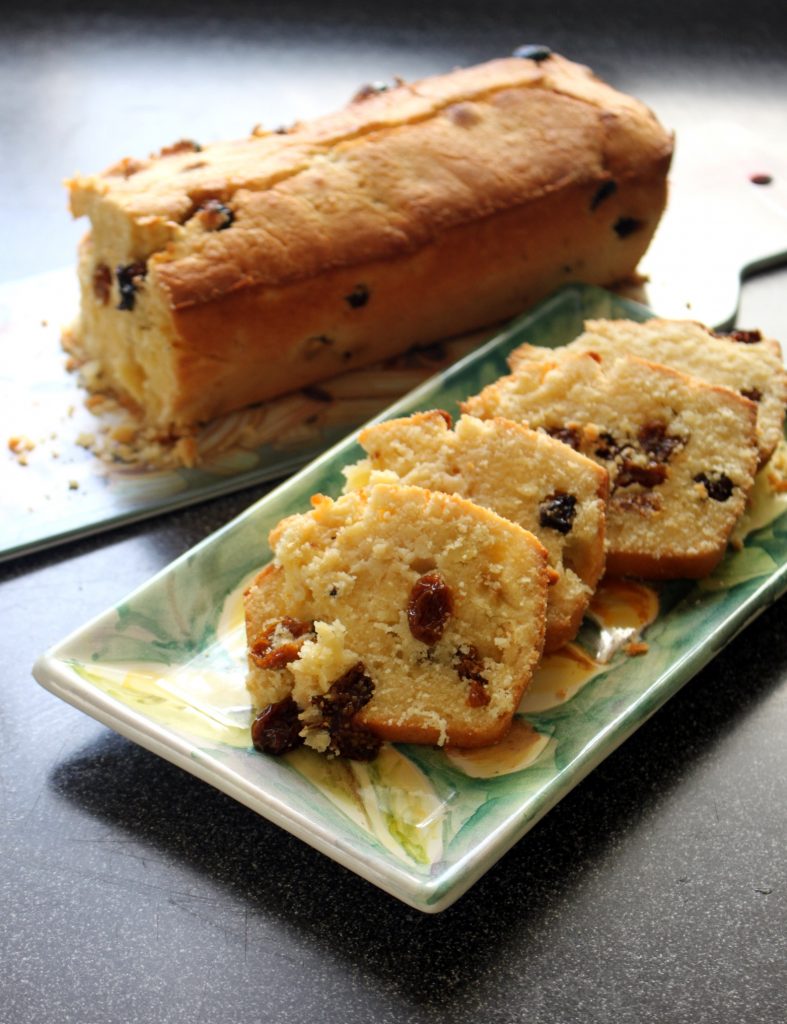





![Validate my RSS feed [Valid RSS]](https://pane-bistecca.com/wp-content/uploads/2024/05/valid-rss-rogers.png)